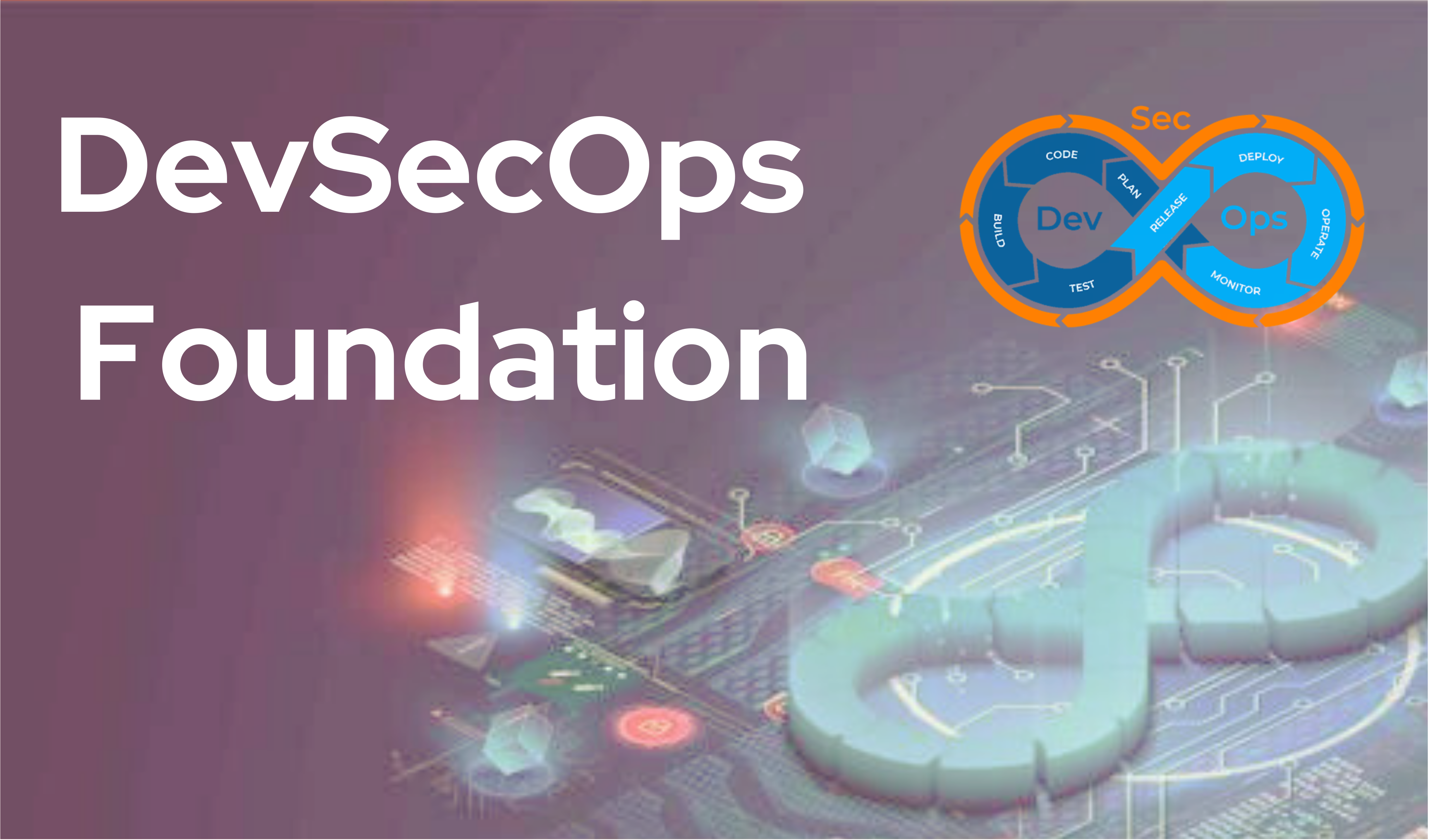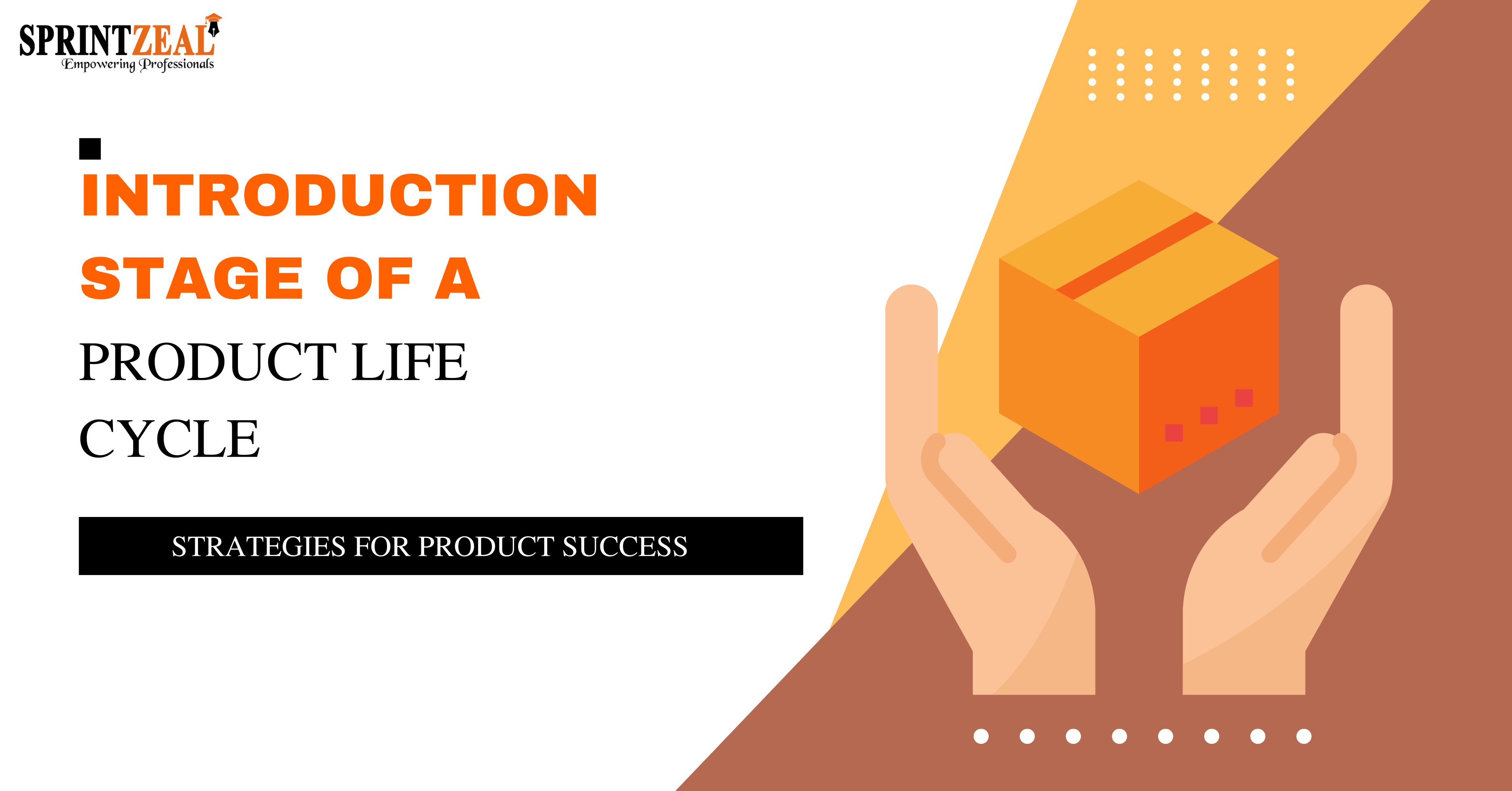A guide to Agility in cloud computing
-
 By Niharika Chaurasia
By Niharika Chaurasia - Published on Mar 14 2023

Table of Contents
Introduction
Over the past few years, several businesses have changed their IT strategies, in order to shift their increasing share of applications and data to cloud infrastructure and platforms.
While addressing governance and financial issues, organisations have consistently struggled to increase time-to-market, improve agility, and create a positive customer experience.
Cloud computing provides a flexible operating model that allows organisations to save time and money, improve business operations, and encourage innovation.
What is Agility in Cloud Computing?
Agility in cloud computing refers to developing, testing rapidly, and launching applications that bring business growth in this fast and constantly changing IT environment.
Cloud technology provides businesses with a key means of promoting agility, which is an important tool in the enterprise to impulse towards enriched adaptability.
Cloud agility confirms that businesses are empowered to handle issues. Rather than spending valuable time and money looking after and maintaining IT resources, cloud agility gives importance to security, monitoring, and analysis.
Agility in cloud computing brings:
-Greater business continuity and flexibility
-Infrastructure Agility
-Automated allocation of resources
-Up-to-date technology upgrades
What are the Types of Agility in Cloud Computing?
When using the word "agile," people commonly combine the availability of engineering tools with business responses to new circumstances or opportunities.
There are 2 types of Agility in cloud computing:
1) Engineering resource availability
Both forms of agility in cloud computing are advantageous and useful. The disadvantage of delivering computational resources to engineers more rapidly is that it is a local optimization; while it improves the agility of some internal IT operations, it does not always shorten the overall application supply chain, which goes from the initial prototype to production rollout.
2) Business response to change conditions or opportunity
This type of agility in cloud computing is seen to be true agility associated with cloud computing. There are no such issues associated with the second type of agility, which influences how rapidly business units can introduce new products. By creating a clear link between cloud computing and outperforming competitors, businesses can handle funding.
Ways to Achieve Agility in Cloud Computing?

Here are the best ways of achieving agility in cloud computing:
Faster Time-to-Market
-By using cloud computing, businesses may extremely reduce the time it takes to provision and de-provision IT infrastructure
-Also by accelerating the delivery of IT projects that are vital for enhancing sales or cutting costs.
-As compared to physical servers, which may take days or weeks, a cloud server can be purchased and set up within a matter of minutes.
-Faster time to market, also means faster time to revenue.
Automated Resource Allocation
-De-provision, and re-deploy resources is easy with cloud computing.
-Because of automation and user-friendly online consoles and APIs, the process of re-deploy and de-provisioning is easy.
-When compared to managing and maintaining physical infrastructure, managing and supporting cloud infrastructure takes less time than IT systems administrator.
Flexibility and Scalability
-By using cloud computing, the business can adjust their resource allocation to respond to sudden rises in demand or website traffic as well as unforeseen needs for production or application development.
-Depending on the need of the company, end users can "Fail fast" or scale quickly due to cloud pay-per-use flexibility.
-Load testing, testing and development, seasonal traffic spikes, new apps, and other workloads commonly call for on-demand scalability.
Adaptive Auto-scaling
-To make cloud platforms and services accessible, software, software APIs, etc. are used in cloud computing.
-In a cloud environment, automating IT management and provisioning is easy.
-Integrating cloud-based business data and analytics platforms with IT monitoring tools can increase the adaptability of systems.
Faster Innovation
-By incorporating cloud computing, businesses are able to accelerate product development and marketing initiatives.
-It also helps in balancing the IT infrastructure and management expenses with overall business goals.
-This further helps in advancing product development and marketing initiatives.
What are the Key Advantages of Cloud Agility?
The main benefits of agility in cloud computing are as follows:

- Automated Resource Allocation
-in this automation era, businesses are able to automate most of their processes.
-Agility in cloud computing is used to hasten up the provisioning, de-provisioning, and deployment of IT resources by using automation, user-friendly online consoles, and APIs.
-In a physical setting, the IT system administrator manages and assists the on-premises infrastructure.
-Most of their routine, daily tasks are automated, so they can focus on the more significant issues.
- Greater Time for Promotion
-Due to cloud computing, service delivery time is increased, by reducing the amount of time needed for provisioning and de-provisioning IT equipment in businesses.
- A cloud server works quickly to complete the task, which speeds up the promotion and results in faster revenue generation.
- Flexibility
-Agility in cloud computing gives businesses the ability to scale up and down their resources to meet website traffic and other demands.
-Cloud computing agility in business also provides adaptability, which is required to react to unplanned or urgent production and development needs.
-The flexibility of pay-per-use provided by cloud systems, through which the end user can scale easily to meet the unpredictable requirements of businesses.
-The benefits of cloud agility, traditional workloads that require on-demand scalability, such as load testing, testing, development, peak traffic loads, or work on a new application, can be managed with ease.
- Auto-Adaptive Scaling
-With the help of cloud computing, cloud platforms, and services can be accessed using software and API’s.
-In a cloud environment, the automation of IT provisioning and management is easier.
- More Rapid Improvement
-Because of cloud agility, businesses may accelerate product development and marketing.
-It synchronises infrastructure expenses and IT administration with the business's goals and objectives.
- Greater Economic Value
- Enables businesses to update the software more quickly than your competitors.
- Ensures extraordinary availability; fosters employee growth in a variety of business-related areas.
- Make sure your customers have access to a reliable, time-tested product.
Summary
In summary, the cloud is an advanced technology that has transformed the way businesses access markets. Companies that have the agility to "move quickly and easily" to adapt to changes do well in their businesses.
Now, enterprises are more dependent on cloud computing agility, because of the key advantages that cloud computing offers to businesses. This helps in achieving their strategic objectives, which include creating innovative products and ideas, leading the market, and overtaking the competition.
There are many other prime reasons for using cloud computing in business such as cost, a quicker DevOp and DevTest process, reduced risk, and agility.
The users can rent or subscribe to different infrastructure components, data services, and software systems as required by using the pay-as-you-go concept of cloud computing.
Cloud computing is an excellent carrier for the beginners in IT sector. It is the most in-demand skill in the IT industry, and it offers many challenging and exciting career opportunities for IT professionals.
If you want to start a career in cloud computing, now is the right time. Visit the Sprintzeal course page to learn more about the certification, or contact with our course expert for more guidance.
Read more blogs to cover
Subscribe to our Newsletters
Popular Programs
PSM® - Professional Scrum Master Certification
Live Virtual Training
- 4.1 (75 + Ratings)
- 29k + Learners
Trending Posts
Saturation Stage of Product Life Cycle: Complete Guide
Last updated on Nov 2 2023
Agile Coaching Guide - Best Skills for Agile Coaches
Last updated on May 24 2023
DevOps Vs Agile Differences Explained
Last updated on Nov 18 2022
DevOps Engineer Interview Questions - Best of 2024
Last updated on Feb 6 2024
Successful Product Strategies for Introduction Stage of Product Life Cycle
Last updated on Oct 19 2023
Top Scrum Master Responsibilities 2024 (Updated)
Last updated on Jan 15 2024
Categories
- Agile Management 54
- AI and Machine Learning 42
- Big Data 53
- Business Management 51
- Cloud Computing 44
- Digital Marketing 56
- Information Security 8
- IT Hardware and Networking 17
- IT Security 103
- IT Service Management 29
- Leadership and Management 1
- Microsoft Program 2
- Other 43
- Programming Language 31
- Project Management 162
- Quality Management 75
- Risk Management 8
- Workplace Skill Building 2
Trending Now
List Of Traits An Effective Agile Scrum Master Must Possess
ArticleDevOps Vs Agile Differences Explained
ArticleDevops Tools Usage, and Benefits of Development Operations & VSTS
ArticleAgile Scrum Methodology - Benefits, Framework and Activities Explained
ArticleGuide to Agile Project Management 2024
Article10 best practices for effective DevOps in 2024
ArticleGuide to Becoming a Certified Scrum Master in 2024
ArticleWhy Should You Consider Getting a Scrum Master Certification?
ArticleCSM vs CSPO: Which Certification is Right for You?
ArticleAgile Manifesto - Principles, Values and Benefits
ArticleAgile Methodology Explained in Detail
ArticleAgile Project Management Explained
ArticleEssential Tools for Agile Project Management 2024
ArticleEverything about Scrum Methodology
ArticleScrum Workflow - A Step by Step Guide
ArticleLatest Agile Interview Questions and Answers To Look For In 2024
ArticleScrum Interview Questions and Answers 2024
ArticleTop Scrum Master Responsibilities 2024 (Updated)
ArticleProduct Life Cycle in Marketing: Essential Strategies for Product’s Success
ArticleDevOps Engineer Interview Questions - Best of 2024
ArticleDevOps Engineer - Career path, Job scope, and Certifications
ArticleBusiness Agility Guide - Importance, Benefits and Tips
ArticleScrum vs Safe – Differences Explained
ArticleCSM vs. PSM - Which Scrum Certification is Better?
ArticleSAFe Implementation Roadmap Guide
ArticleAgile Release Plan Guide
ArticleAgile Environment Guide
ArticleAgile Coaching Guide - Best Skills for Agile Coaches
ArticleAgile Principles Guide
ArticleSAFe Certifications List - Best of 2024
ArticleAgile Prioritization Techniques Explained
ArticleScrum Ceremonies Guide
ArticleProduct Owner Certifications List
ArticleScrum of Scrums Guide
ArticleWhat is DevSecOps and its Importance
ArticleData Processing - A Beginner's Guide
ArticleDevOps Career Guide 2024
ArticleStakeholder Engagement Levels Guide
ArticleScrum Master Career Path Explained
ArticleScrum Career Path Explained
ArticleTop Git Interview Questions and Answers [Updated 2024]
ArticleProduct Roadmap: An Ultimate Guide to Successful Planning and Implementation
ArticleDMAIC Methodology - The Ultimate Guide
ArticleProduct Life Cycle Strategies: Key to Maximizing Product Efficiency
ArticleScrum Master Salary Trends in 2024
ArticleProduct Life Cycle Model: A Guide to Understanding Your Product's Success
ArticleWhat is a Product Owner - Role, Objectives and Importance Explained
ArticleSuccessful Product Strategies for Introduction Stage of Product Life Cycle
ArticleUnlocking Career Opportunities in Product Management: Your Roadmap to Success
ArticleSaturation Stage of Product Life Cycle: Complete Guide
ArticleCutting-Edge Technology of Google Cloud
ArticleHow to Write an Executive Summary for a Business Plan?
ArticleImportance of Procurement Management Software in Modern Business
Article






.webp)










